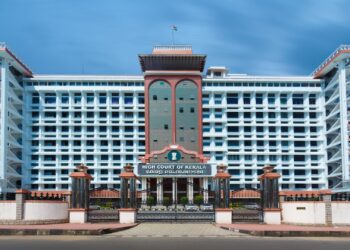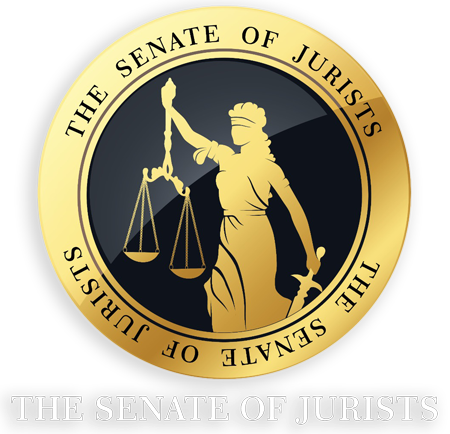The Supreme Court’s recent decision addresses critical aspects of property rights, State powers, and the interpretation of constitutional provisions, specifically Article 39(b) and Article 31C, with implications for both property owners and State authorities.
Key Points of the Ruling
The Supreme Court clarified that the State cannot broadly categorize all private properties as “material resources of the community” simply because they satisfy certain material needs. For a private property to qualify as a resource eligible for State acquisition under Article 39(b) of the Constitution, it must meet specific criteria. These criteria include the resource’s nature, characteristics, scarcity, impact on public welfare, and the potential risk posed by private ownership concentration. The Court also emphasized the “public trust doctrine” as a framework for identifying resources that genuinely serve community welfare.
Diverse Judicial Opinions
1. Majority Opinion (CJI Chandrachud and Six Justices):
Led by CJI DY Chandrachud, the majority concluded that not every privately owned resource meeting material needs can be deemed a community resource. Instead, each case must be context-specific, assessing various factors to determine if State intervention aligns with the “common good.” The majority upheld the essence of Article 31C from the Kesavananda Bharati ruling, affirming that legislative amendments invalidated by the judiciary do not disrupt the original, unamended law.
2. Partial Concurrence (Justice BV Nagarathna):
Justice Nagarathna concurred with the majority on specific points but issued a separate opinion to address additional concerns and respond to Justice Dhulia’s dissent. She questioned how privately-owned material resources could be redefined as community resources purely to serve the common good, suggesting further examination of the criteria for such a transformation.
3. Dissenting Opinion (Justice Sudhanshu Dhulia):
Justice Dhulia’s dissent focused on the legislative intent behind regulating material resources. He argued that the prerogative of determining which resources should be governed for public benefit rests primarily with Parliament, not the judiciary. Justice Dhulia maintained that Parliament is best suited to legislate the equitable distribution of resources.
Historical and Legal Context
The case delves into Article 31C, introduced by the 25th Amendment in 1971, which protects laws designed to implement the Directive Principles of State Policy (DPSPs) specified in Article 39(b) and (c). Article 31C prioritizes these DPSPs over fundamental rights if enacted in alignment with public welfare.
The 25th Amendment’s inclusion of Article 31C was tested in Kesavananda Bharati v. State of Kerala (1973), where a thirteen-judge Bench held that constitutional amendments cannot alter the Constitution’s “basic structure.” Later, during the Emergency, the 42nd Amendment expanded Article 31C, giving precedence to all DPSPs, but in Minerva Mills v. Union of India (1980), the Supreme Court struck down this extension, restoring Article 31C to cover only Article 39(b) and (c) as upheld in Kesavananda Bharati.
The current Bench addressed whether Minerva Mills restored the original Article 31C or struck it down entirely. In a unanimous decision, the Court upheld that Article 31C, as originally sanctioned in Kesavananda Bharati, remains in force, affirming that legislative amendments struck down do not repeal the unamended law.
The Case Background and Implications for State Law
The case stemmed from a petition filed by the Property Owners’ Association (POA) challenging Chapter VIII-A of the Maharashtra Housing and Area Development Authority (MHADA) Act. This provision, introduced in 1986, allows the state to acquire buildings and land if 70% of occupants request it for restoration. This Act, enacted under Article 39(b), aims to ensure equitable distribution of resources for community welfare.
The Supreme Court’s decision redefines the approach to the State’s role in managing private resources for public benefit. By affirming that private properties cannot universally be claimed as community resources, the ruling strikes a balance between individual property rights and the State’s duty to ensure public welfare. This decision is likely to influence future cases where private property is involved in State welfare initiatives, setting a standard that the State must substantiate claims with tangible benefits to the community and a demonstrated need for redistribution.

















